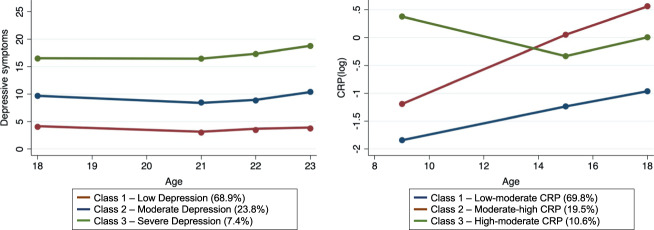Fig. 2. Group-based trajectories of depressive symptoms and CRP.
Sample: ALSPAC (N = 3931). The latent class growth analysis resulted in the following trajectories: (1) Depression: Class 1—low depressive symptoms (68.9%), representing participants with low depressive symptoms at all assessments; Class 2—moderate depressive symptoms (23.8%), representing participants with moderate depressive symptoms at all assessments; Class 3—severe depressive symptoms (7.4%), representing participants with high levels of depressive symptoms at all assessments; (2) CRP: Class 1—low-moderate CRP (69.8%), representing participants with low levels in late childhood and moderate levels in adolescence; Class 2—moderate-high CRP (19.5%), representing participants with moderate levels in late childhood and high levels in adolescence; Class 3—high-moderate CRP (10.6%), representing participants with high levels in late childhood but lower levels in adolescence. The ‘low depression’ and ‘low-moderate CRP’ trajectories were used as reference categories in multinomial logistic regression analysis.

